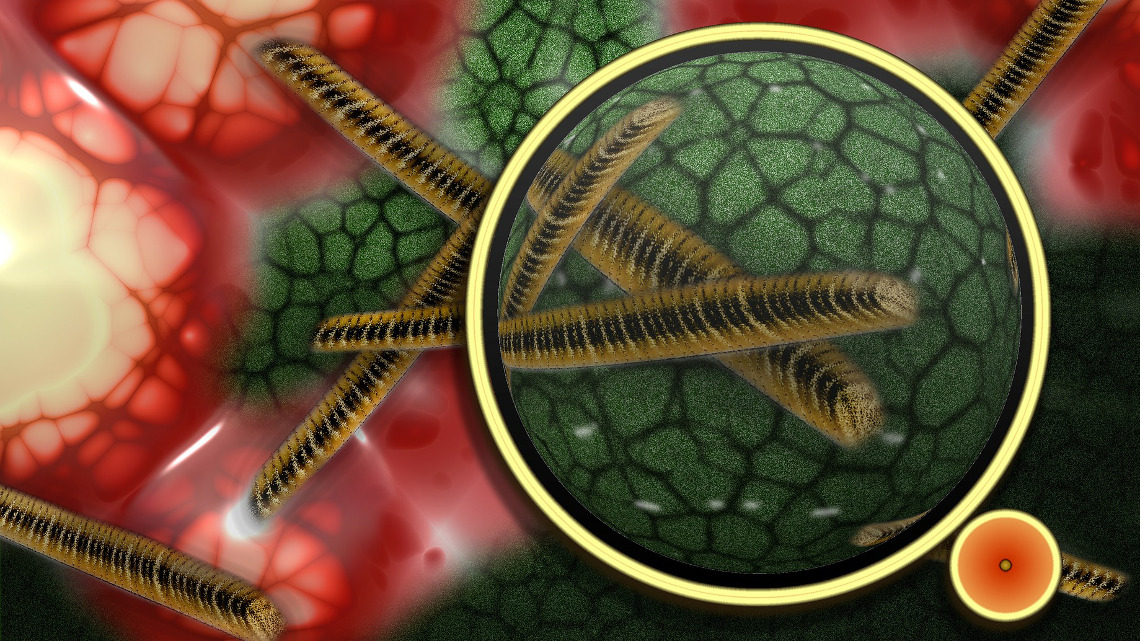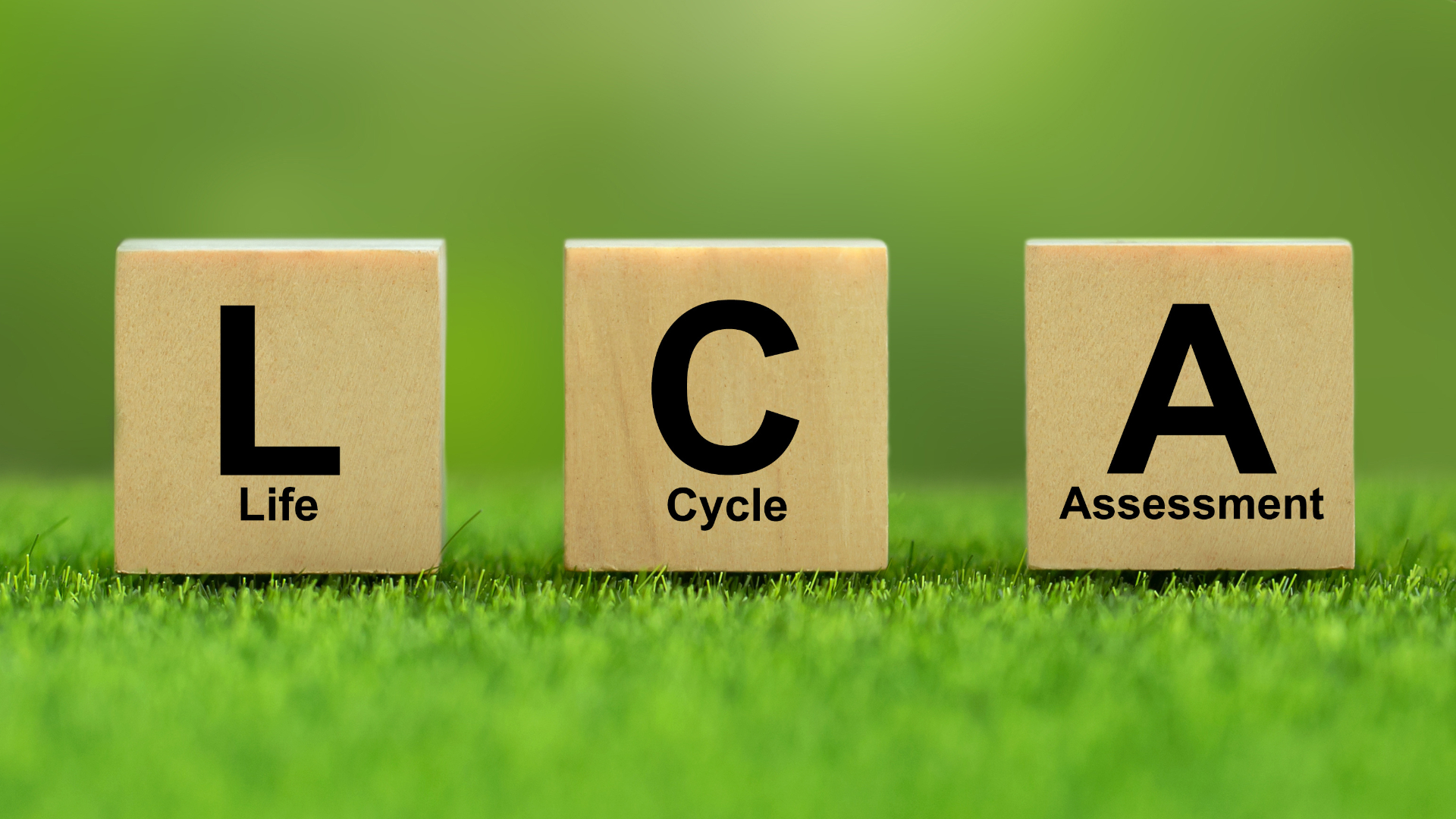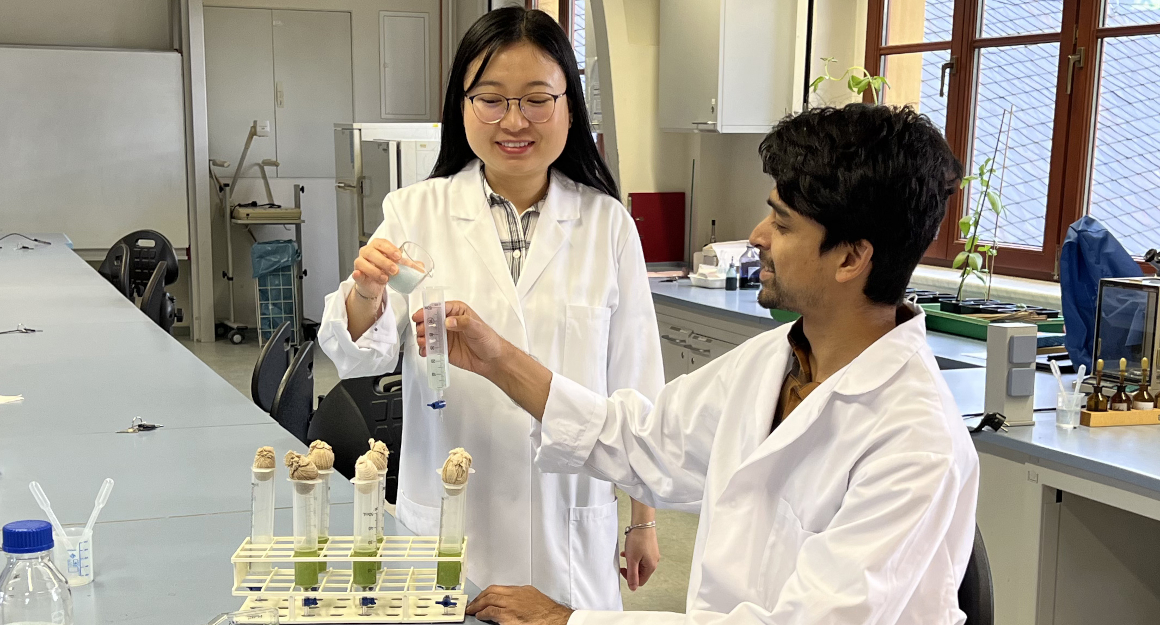Europe’s first registered microbe-collection
The Leibniz Institute DSMZ is the first collection of microorganisms in Europe that meets the requirements of the Nagoya Protocol. It eases the bureaucratic effort for researchers.

Microbes, fungi and bacteria are important resources for the bioeconomy. All three of them can be used either for degradation processes of biological material as for instance in a biogas plant, or for the production of materials or vegan food. However, the use and above all the international exchange of these resources is subject to strict legal requirements.
Profit shares for countries of origin
In October 2014, the Nagoya Protocol came into effect in order to regulate the international use of genetic resources fairly. The Nagoya Protocol is a binding treaty under international law, regulating the implementation of the objectives of the UN Convention on Biological Diversity (CBD). This Protocol defines the rules on "access to genetic resources and the fair and equitable sharing of benefits arising from their use". The reason: Agricultural biodiversity and thus genetic diversity is often higher in developing countries than in industrialised countries. In the past, however, genetic resources from developing countries have been used and patents have been developed without obtaining the consent of the countries of origin and without sharing any profits with them.
Leibniz DSMZ is first resource centre to be entered in European register of collections
Since July of 2016 the according enforcement law in in effect in Germany. The Leibniz Institute DSMZ (Deutsche Sammlung von Mikroorganismen und Zellkulturen GmbH) is now the first biological resource centre ever to be entered in the European register of collections. This means that the DSMZ now officially meets the requirements of the Nagoya Protocol, by taking care of two essential tasks for customers: 1) reviewing whether a biological resource falls within the scope of the Nagoya Protocol, and 2) checking if all required documents and approvals are on hand. “Anyone who orders a bacterial strain, fungus, or other microorganism from the DSMZ can be assured they have met the due diligence requirements of the Nagoya Protocol with that purchase,” explains Jörg Overmann, Managing Director of the DSMZ.
DSMZ reduces bureaucratic hurdles for scientists
“In principle, every scientist is obligated to personally determine what applies in a country and which permits need to be obtained,” Overmann says. “The Nagoya Protocol has made it considerably more difficult for scientists to work with bacteria or fungi cultures, which are among the most utilizable resources in the life sciences. Many underestimate the additional effort of obtaining Nagoya-related permission.” As a Registered Collection, the DSMZ now can offer customers pre-screened, pre-approved resources with the accompanying documentation and with no additional effort for the customers. “We are offering a unique service to the scientific community,” Overmann explains. “We have reduced the bureaucratic hurdles considerably so that scientists can once again focus on research.”
More than 40,000 microorganisms are registered
With the exception of a few plant cell lines, the “registered” status applies to all of the more than 40,000 microorganisms, cultures, and DNA listed by the DSMZ in its official catalogue that fall under the regulations of the Nagoya Protocol. Over the last few months, the DSMZ reviewed all of its resources, updated its entire catalogue, and adapted its ordering processes and quality control in order to comply with the requirements of EU Directive 511/2014 for acceptance into the register. The application was reviewed and approved by the German Federal Agency for Nature Conservation (BfN), Germany’s enforcement authority for the Nagoya Protocol.
jmr


